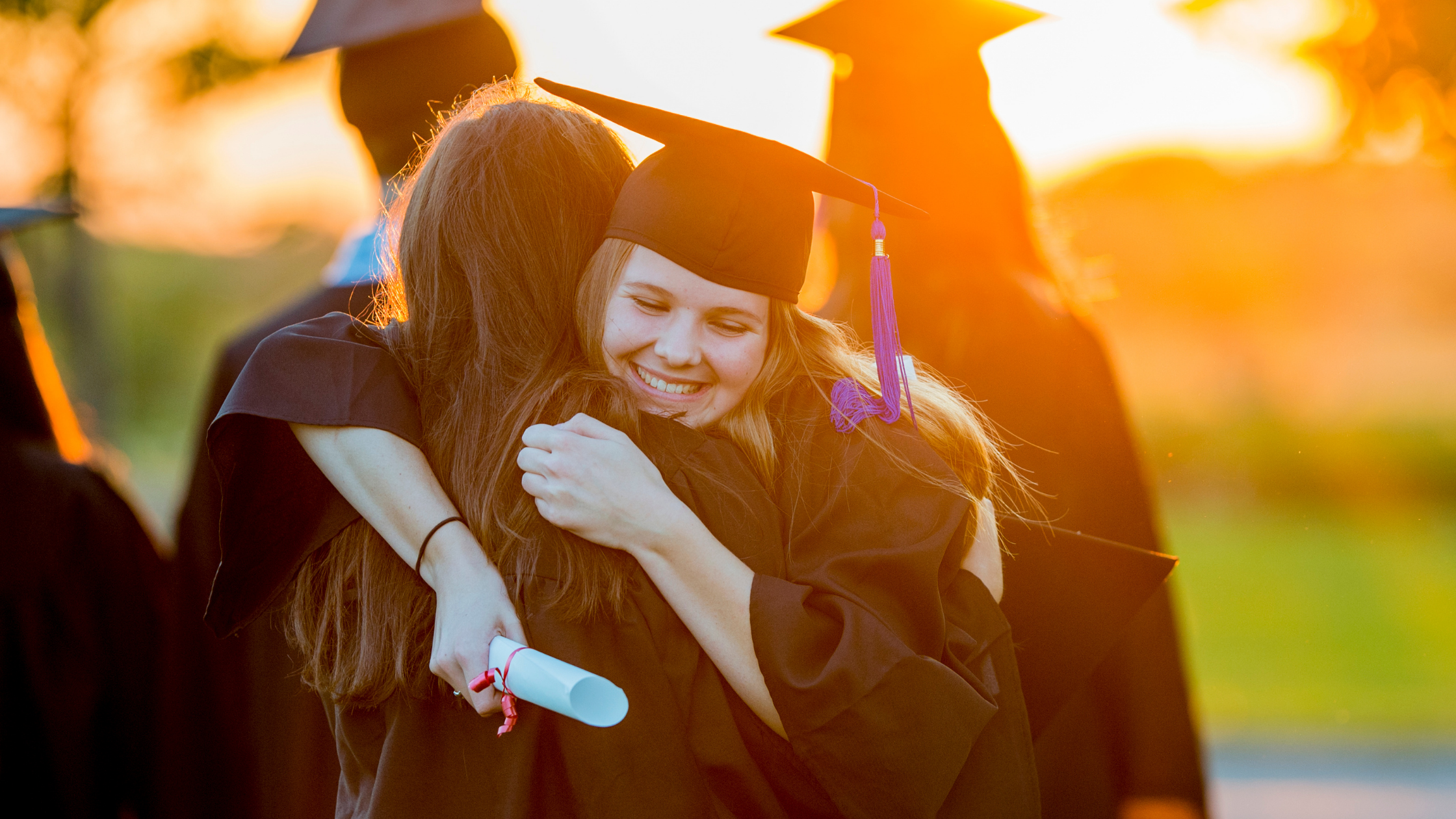Access to Education
Rural Pathways to Education Project
In partnership with Sorenson Impact Center as well as the University of Utah, the Stena Foundation is committed to in-depth research with the goal of understanding rural pathways to education.
Our hope is that through utilizing our resources deeply to understand the barriers rural students face, we can recognize impactful solutions to apply in the future.
Learn more about our Education Projects
- Overview
- Impact
- Timeline
About The Sorenson Impact Center
The Sorenson Impact Center at the University of Utah David Eccles School of Business envisions a thriving world where all people are valued, communities prosper, and the measured impact of our actions guide decision making.
Utilizing world-class data science and impact storytelling as key tools, the Center advances global impact through innovation in impact investing and finance, public policy and government spending, and corporate and social sector behavior with organizations around the globe.
Rural communities are the backbone and the fabric of our society. There is a sense of interconnectedness that is within rural communities and I would have to argue that it is not found in other communities.
Professor Bonita Teasley, Director of Data, Policy and Performance Innovation at Sorenson Impact Center Tweet
Research supports the notion of various indicators, predictors, and factors responsible for the success of students pursing a post-secondary education. For example – students who participate in preschool, those who are reading by third grade, pass algebra 1 in eighth grade, or participate in dual enrollment are more likely to obtain some form of postsecondary education.
Economic Outcomes
Many middle and high school students aspire to gain some form of postsecondary education however, research shows that of the 70% who start, only 33% will actually earn a degree or certificate.
Research supports the notion of various indicators, predictors, and factors responsible for the success of students pursing a post-secondary education. For example – students who participate in preschool, those who are reading by third grade, pass algebra 1 in eighth grade, or participate in dual enrollment are more likely to obtain some form of postsecondary education.

-
PHASE 1
Research
During Phase 1, Sorenson Impact Center will conduct background research and provide a landscape analysis to inform a comprehensive framework to identify factors in k-12 educational systems that predict future postsecondary readiness, access, and success.

-
PHASE 2
Analysis
In Phase 2, Sorenson Impact Center will dive into data and trends informed by the framework conducted in phase 1. This phase will include a scan of current mandates, policies, and initiatives that address postsecondary success, both at the state and local levels.
Throughout this phase, the center will collaborate and coordinate with the Governor’s Office and State Board of Education to select appropriate school districts for the study. We will also being to use qualitative methods to better understand students, families, and community needs.

-
PHASE 3
Strategize
Throughout Phase 3, Sorenson Impact Center will provide additional qualitative research strategies to build and refine a community-informed impact strategy. Utilizing our findings from phases 1 and 2, the Center will continue collaboration with identified rural areas and community stakeholders.
Phase 3 will identify focus area to refine the issues which are most urgent and addressable. We hope to build partnerships within this phase to maximize community engagement and participation ahead of Phase 4.

-
PHASE 4
Results
Phase 4 will begin with the results from the comprehensive needs assessment which will prioritize K-12 and postsecondary success. This information presented in this phase will inform decisions on the implementation of broader systems to impact students, families, and communities.


Rural Pathways to Education Project Update
We are eager to report some of our findings from this project in partnership with the Sorenson Impact Center at the University of Utah. We recently completed Phase One of our research…

Introduction: Rural Pathways to Education Project
The Rural Pathways to Education Project is focused on utilizing partners to develop a

The UPLIFT Scholarship
The Stena Foundation is increasing access to quality education by providing a unique scholarship opportunity

